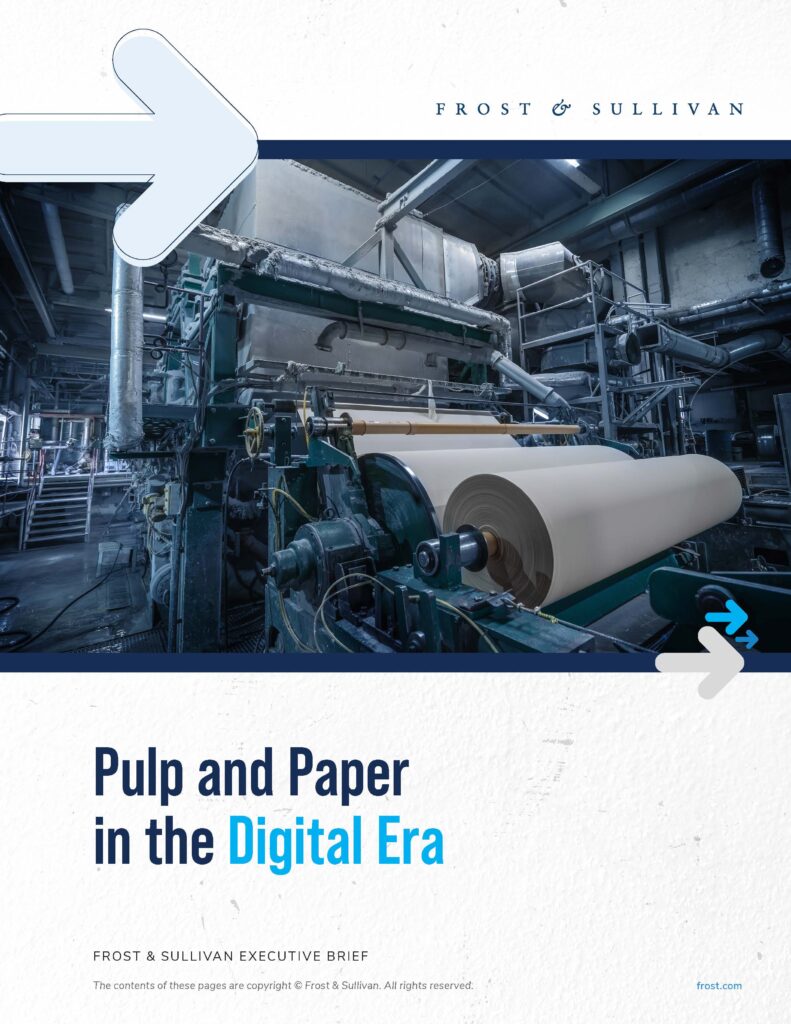SPONSORED CONTENT BY AUGURY INC.
Research from Frost & Sullivan highlights the current state of digitalization, recommends steps to incorporate new technology
In today’s challenging economic climate, pulp and paper manufacturers are under pressure to improve productivity and cut costs. Shifting demand trends, along with rising energy and raw material prices, are pushing the industry to adopt digital and automated technologies.
Frost & Sullivan recently released a study based on interviews with industry leaders exploring the role of technology in optimizing manufacturing, improving downtime, and achieving environmental, social, and governance (ESG) targets. In the following excerpt, they focus on the costly issue of downtime.
Planned and Unplanned Downtime, and the Shift to Planned Maintenance
Downtime, whether planned or not, is expensive for the pulp and paper industry. Planned downtime costs can range from $30,000 to $50,000 dollars per hour, while unplanned downtime costs range from $80,000 to $150,000 dollars per hour. These expenses arise from productivity losses and pose a risk to customer relationships. Unplanned downtime also carried a higher risk for the unavailability of spare parts, overtime costs, and safety hazards.
Reducing planned and unplanned downtime was a major driver of technology-based maintenance optimization for 60% of the organizations that spoke to Frost & Sullivan. Despite limited visibility of failures, respondents noted that they can mount a rapid response with the right digital and data-driven solutions. Respondents who rated their organizations as having good machine visibility stated they benefited from advanced technologies such as AI, ML, and IoT for data collection; cutting-edge software and analytics tools; preventative maintenance schedules; real-time visualization tools; and dedicated and trained staff.
To read the full report, compliments of Augury, please visit info.augury.com/FSPP or click the link below.
 Paper 360
Paper 360
